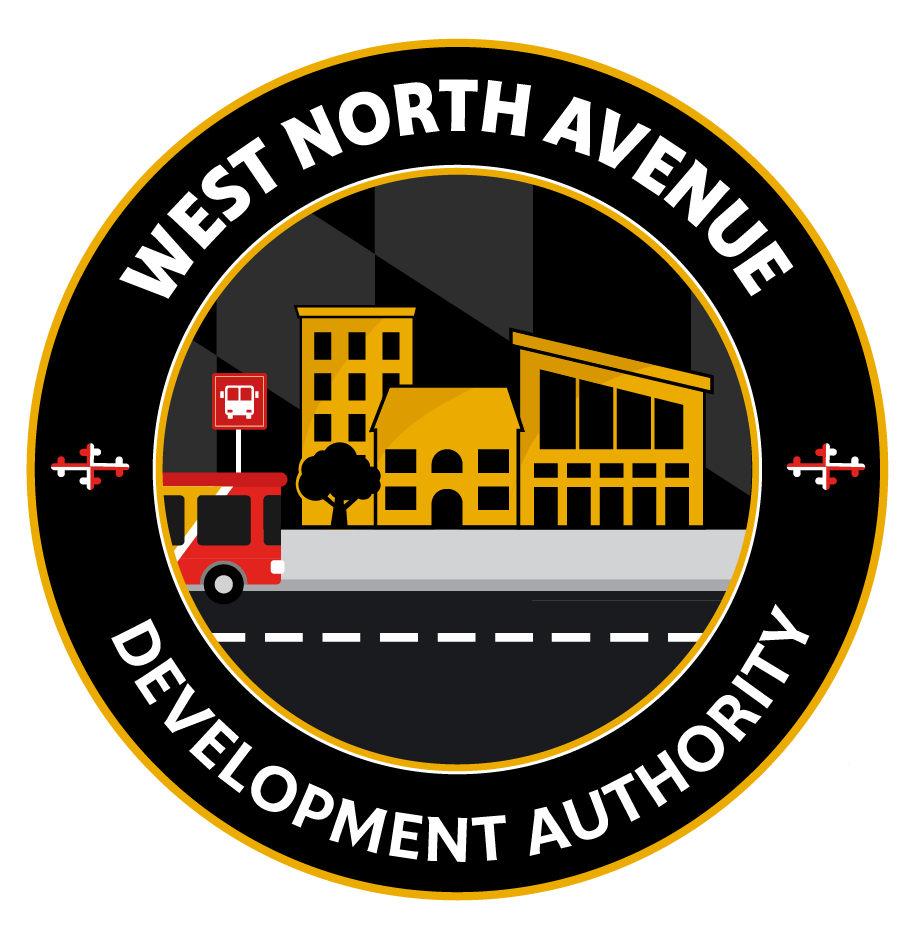Hogan Administration Launches New “SpeedSurvey” Website; Announces Progress in Expanding Broadband Access for Students
| All Marylanders encouraged to participate in “speed survey”; $15M grant award will expand access for unserved students across the state |
|
NEW CARROLLTON, MD (February 24, 2021) – Governor Hogan today announced significant progress being made by the Governor’s Office of Rural Broadband to expand high-speed broadband access for students and to improve data collection of Marylanders’ internet speeds, which will be used to direct future funding and projects.
“The COVID-19 pandemic has demonstrated that access to high-speed internet is essential for all Marylanders,” said Governor Hogan. “My administration has been proactive and continues to build upon our successes to bring broadband to underserved communities including students who need it most.”
As part of today’s announcement, the state of Maryland has launched the “SpeedSurvey” website. Residents can visit https://maryland.speedsurvey.org to test the speed of their internet connection on computers, tablets and smartphones or to report an address that does not have service.
“We encourage every Marylander to take part in the SpeedSurvey,” said Kenrick Gordon, Director of the Governor’s Office of Rural Broadband. “The data we obtain from the survey will help us better understand Marylanders’ needs as well as verify Federal Communications Commission data which will help our planning efforts and ultimately drive more federal dollars to the state.”
Governor Hogan also announced today that Consolidated Solutions Maryland (CSM), a 501(c)3 corporation formed by the University Systems of Maryland to provide network services, has been awarded $15 million to create a new wireless network across Maryland for educational access. The network will initially serve K-12 students and is expected to expand to post-secondary education in the future. Operational costs will be shared by participating school districts, and the local school districts will coordinate student access to the network.
CSM has already begun working with design firms on proposals for the network and is facilitating a feasibility study to identify jurisdictions where unserved students are located. The network is expected to touch all 18 rural counties as well as other unserved areas of the state.
To save on construction costs and speed development, the network will make use of existing state and local “vertical assets” such as communications towers, water towers and buildings. The first counties will start receiving service this summer and the entire network is expected to be complete by the end of the year.
“The problem of the digital divide is an enormous ongoing societal issue that impacts both rural and urban areas. The challenges related to continuity of learning in the K12 area during the pandemic have placed a whole new spotlight on the problem,” said Gary Davis, chairman of the Maryland K12 Technology Leadership Forum, a key partner in the project. “This grant for an education-specific wireless network is a tremendous first step in addressing this challenge for the longer term.”
This project builds upon prior work of the Office of Rural Broadband during the pandemic to expand access to unserved students including grants for school and library broadband networks and to provide wireless devices to students in both rural and urban areas across the state.
Housed in the Maryland Department of Housing and Community Development, the Office of Rural Broadband was established by executive order in 2017 to expand broadband capabilities statewide in rural areas of Maryland. For more information, visit dhcd.maryland.gov/RuralBroadband. |



